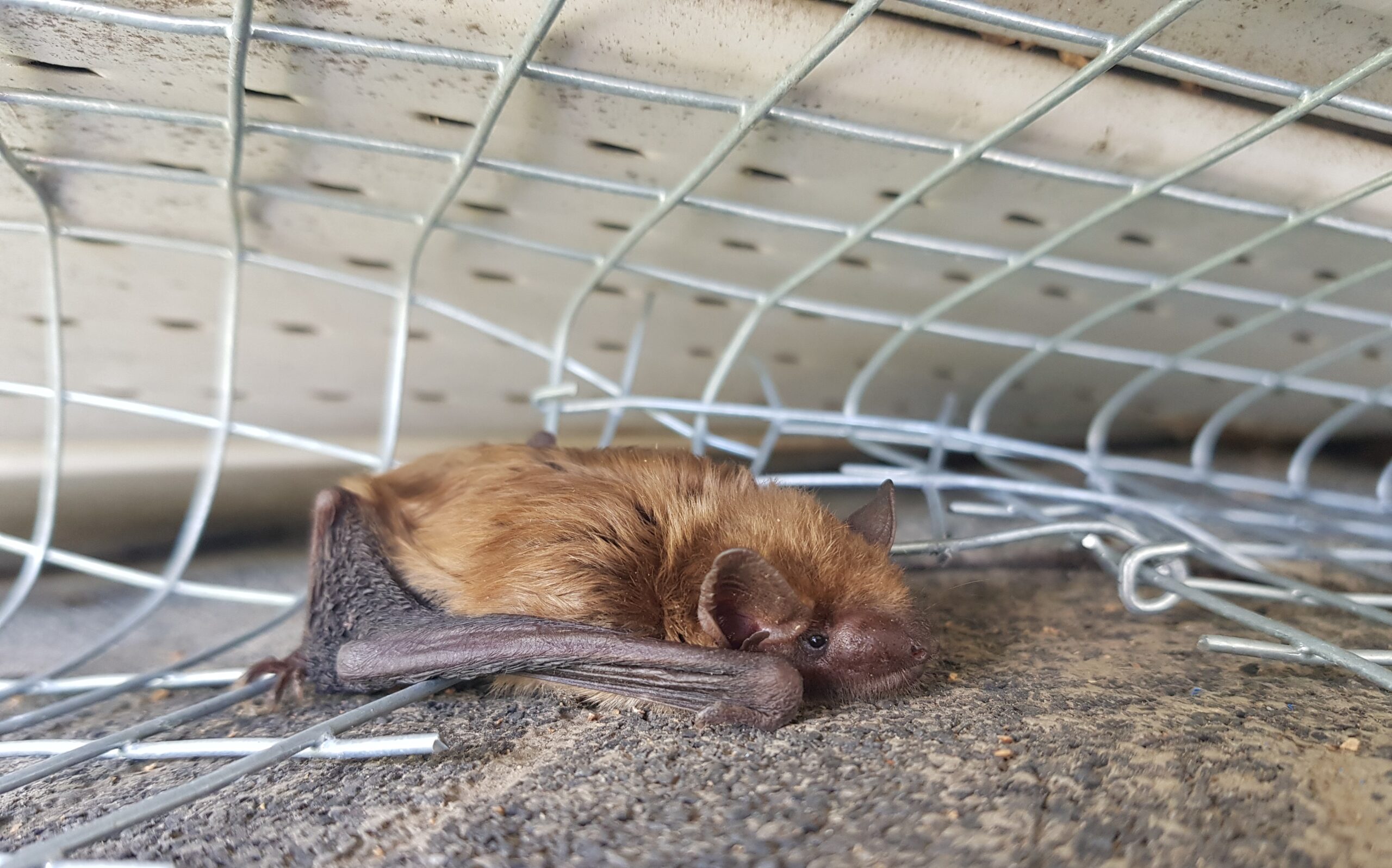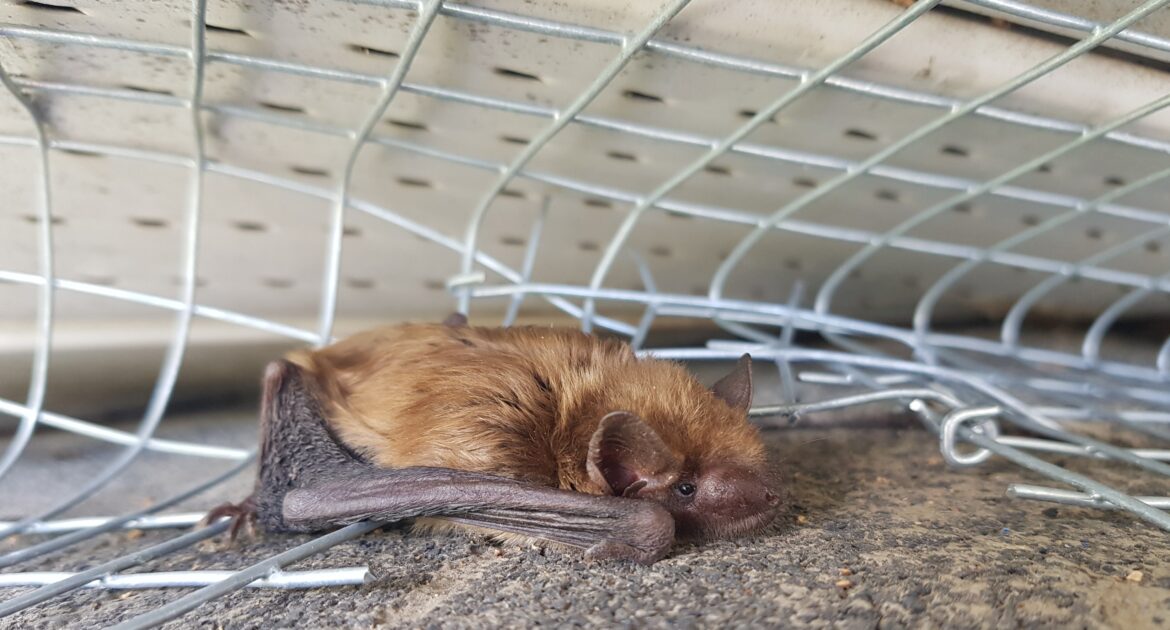To some, bats may be terrifying creatures, but these winged mammals play a vital role in our ecosystems. They dine on mosquitoes and crop-destroying insects and arthropods, and in other parts of the world, they pollinate plants and disperse seeds. We need bats; we just don’t want them sharing our homes with us. If you have a bat colony in your attic, you may also have baby bats.
Bats are protected species in the U.S. Harming or killing them is unlawful. While they aren’t aggressive, they defend themselves when necessary. Removing them can be unsafe for the bats and you. If you attempt to get rid of a bat colony with babies among its members, the babies are unlikely to survive. Adult and baby bat removal is best handled by professionals who know about bat behavior. Legally, you can only evict bats at certain times of the year.
Wisconsin’s Flying Mammal
Bats are the only mammal species capable of true flight. With more than 1,400 bat species worldwide, living on every continent except Antarctica, this creature is found in almost every type of environment. Eight species of bats make their homes in Wisconsin:
- Little brown bat
- Big brown bat
- Northern long-eared bat
- Eastern pipistrelle bat
- Indiana bat
- Silver-haired bat
- Hoary bat
- Eastern red bat
Of all the bats on the list, the first two are most likely to take up residence in your attic and wall cavities.
Bat Behavior in Winter
Winter is one time of year that you may have unwelcome visitors hanging out in your attic or wall cavities. During the coldest months of the year, bats hunker down and go to sleep. When the temperatures drop, bat food sources all dwindle significantly. To survive the cold and the lack of food, non-migratory bats spend the winter in hibernation.
While they are in the sleeping state, known as torpor, their body temperatures drop and heart rates and metabolisms slow down. In this state, they are defenseless and helpless. Attempting to remove bats when they are hibernating is not safe for the bats. If you wake and evict them when food is scarce, they will expend too many calories trying to find a new place to sleep. Without enough food to replenish what is lost, they are unlikely to survive.
Bat Mating Season
Bats begin to rouse from hibernation when temperatures climb in the spring. At this time, they will naturally begin leaving your attic to go feast on newly abundant insects and arthropods. The spring months are the mating season for Wisconsin’s bats. Generally, breeding starts in May. Male bats may form bachelor colonies, places where they go to rest and sleep in between their searches for available females.
Female bats that become pregnant form maternity colonies. In these colonies, groups of pregnant females roost together, providing safety in numbers. Before giving birth, they consume large quantities of food, just as other female mammals do. Spring can be a good time for bat exclusion, but bat removal is illegal once the little ones are born.
In Wisconsin, you cannot perform bat exclusion between June 1st and August 15th unless the bats pose a health risk. In this case, a health exemption form needs to be completed. Baby bats are called pups. When the pups are born, they cannot fly, feed or fend for themselves. Baby bat removal during these early weeks is detrimental to these animals.
Bat Removal in Milwaukee
The best time of year for bat exclusion is in the spring months, though late summer through early fall is another good option. If you want to know how to get rid of bats in Milwaukee, contact Skedaddle Humane Wildlife Control. We are experts in bat exclusion techniques that keep the bats and your family safe and prevent them from returning. Contact us today to learn more about our services.




